by C. Elkins, OK Math and Reading Lady
I have recently revised a great resource titled: Eight Critical Attributes of Teaching a Comprehension Lesson. I do not know the original author, so I can’t give her/him credit. I did made some modifications to the original and provided some examples of how to apply it (with fact/opinion and cause/effect skills). See the link below for the full 3 page document.
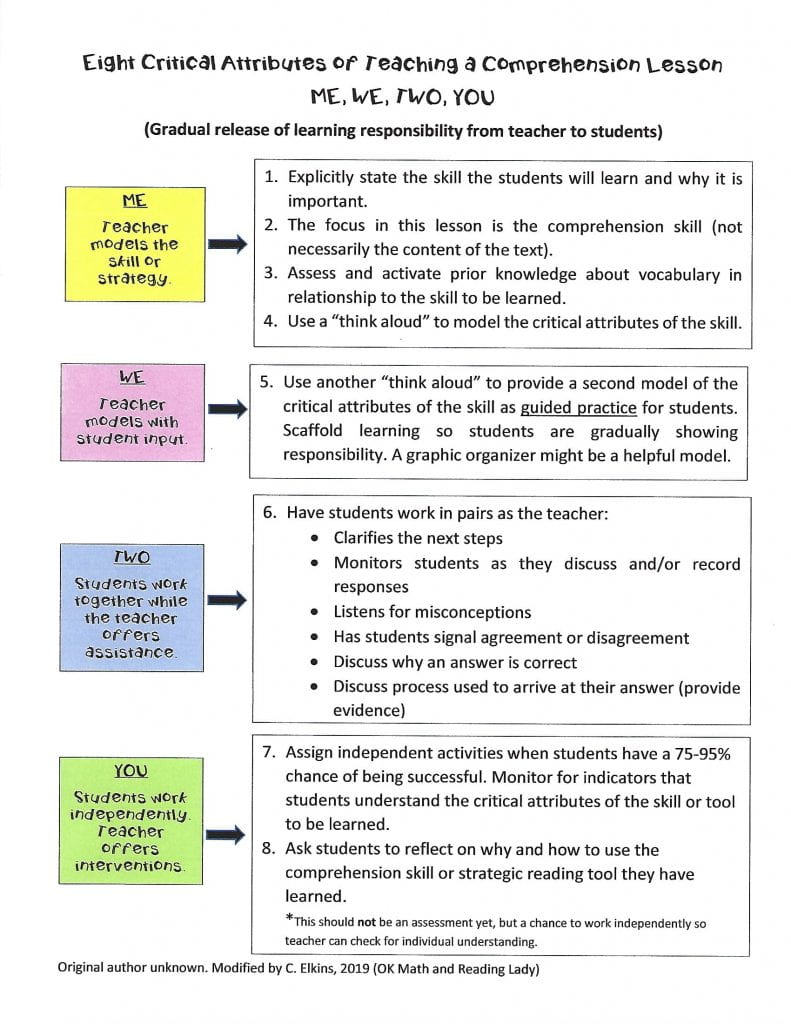
Click here for the document: Eight Critical Attributes of Teaching a Comprehension Lesson It is a 3 page document which highlights a ME, WE, TWO, YOU scaffolded gradual release model. Page 1 is shown above. Pages 2 and 3 give actual ways to implement these regarding two important comprehension skills. The stories mentioned were taken from Journeys 2nd grade. The Jellyfish story (fact/opinion) is from Lesson 10. The Super Storms story (cause/effect) is from Lesson 8.
When focusing on comprehension, I have a few other general tips to pass along – especially for grades 1-3:
- State the skill being emphasized before reading the story. Example for skill of character analysis with 2nd grade Journeys Lesson 9: “Today we are going to read a story called How Chipmunk Got His Stripes. When we read it we are going to find out details about our 2 main characters, Bear and Brown Squirrel. Let’s look at the way the characters look, how they act, what they say, and what they are feeling to help us know more about them.”
- Then the questions I ask should be directed toward that objective. “On page ____, let’s read to find out how Bear is feeling. . . . On page _____ read to find out how Brown Squirrel acted toward Bear. . . . etc.” I believe if we give students a purpose for reading before they read the page, they have a focus on what to look for. The focus is on application of the comprehension skill and not necessarily the content of the lesson.
- After each page or 2, check for understanding by asking students to tell who and what they just read. Yes, you could ask all of the 5 W’s (who, what, when, where, why), but that’s a bit too much. You are trying to train your students to ask these key questions on their own automatically . . . so you have to help them do it at first. It might be beneficial to have them turn and talk to a neighbor after every couple of pages to tell them who and what happened in just a couple of sentences (which helps to practice summarizing). This advice comes from authors of “The Daily 5.”
- Follow up after the first reading of the story (on Day 2 perhaps) with use of a graphic organizer to record what was discussed regarding your skill. With the above example, I used a graphic organizer as we recorded these 4 things about the 2 main characters: Description, Feelings, Behavior, Personality.
Graphic organizers play an important role to help students “visualize” the text structure and train the brain to think of how details are organized. Click here for my previous Blog post on Graphic Organizers
Enjoy your Thanksgiving Holiday! I’ll be back in a couple of weeks.
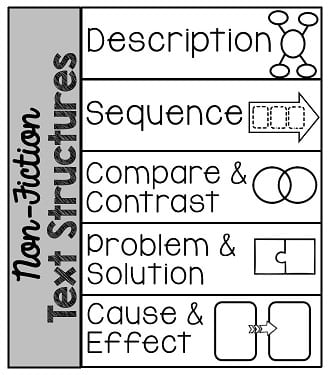





 is to almost all of the other comprehension skills and strategies. So that will be my focus for the next few posts — how this text structure connection relates to main idea, summarizing, note-taking, and writing. This post will feature the compare and contrast text structure (and some resources at the end of this post).
is to almost all of the other comprehension skills and strategies. So that will be my focus for the next few posts — how this text structure connection relates to main idea, summarizing, note-taking, and writing. This post will feature the compare and contrast text structure (and some resources at the end of this post).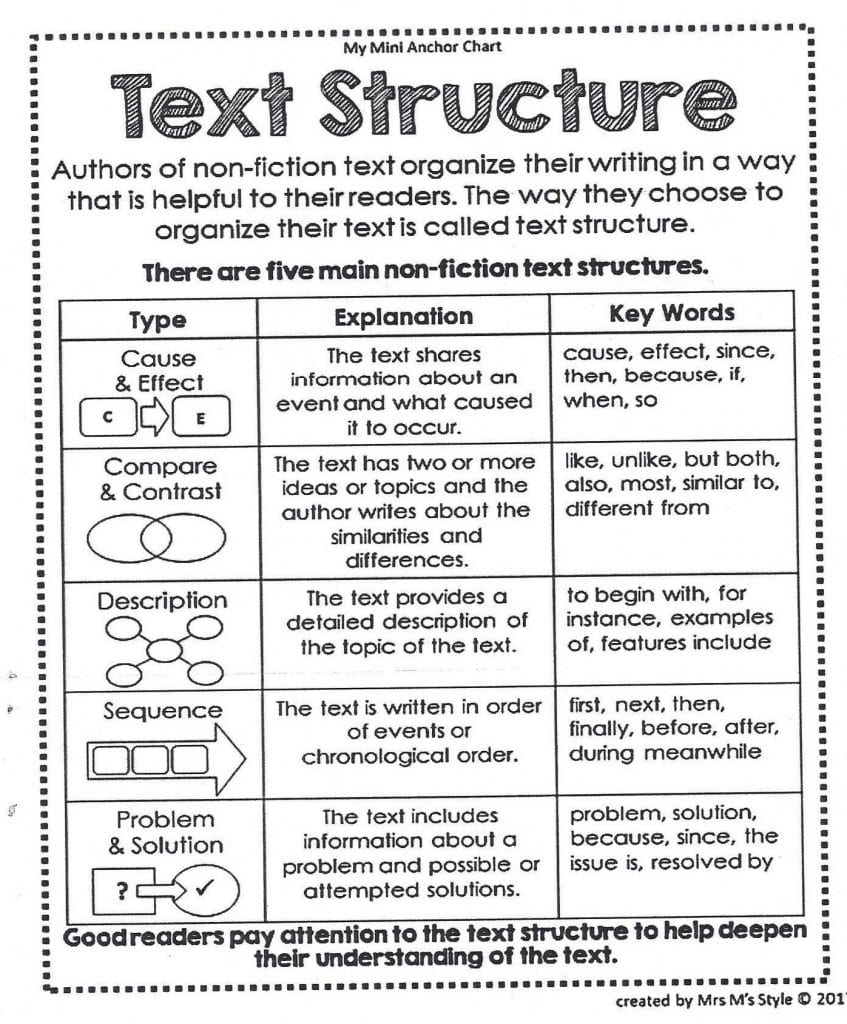
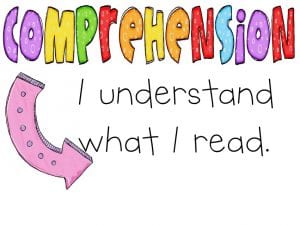

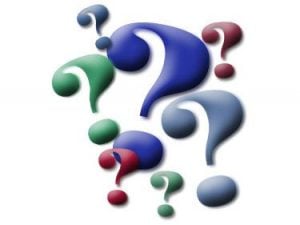
 I might use skills about character analysis such as paying attention to their words and actions to help me “see” what is really going on. Another example: I might use skills about noting details while reading a passage to make the details “come alive” as I try to picture them in my mind. (See link to strategy posters at the end of this post.)
I might use skills about character analysis such as paying attention to their words and actions to help me “see” what is really going on. Another example: I might use skills about noting details while reading a passage to make the details “come alive” as I try to picture them in my mind. (See link to strategy posters at the end of this post.)
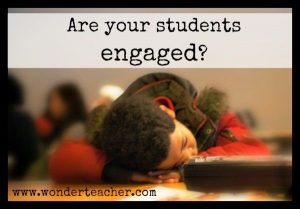 look like? The student . . .
look like? The student . . .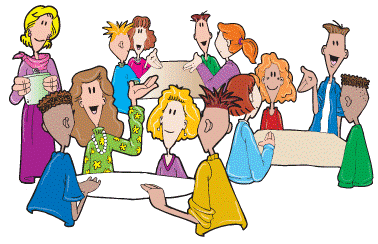
 Each student thoroughly researches one word from the vocabulary list (definition, synonym, antonym, use in sentence, pronunciation, part of speech, and illustration). They become the expert about that word and teach it to others.
Each student thoroughly researches one word from the vocabulary list (definition, synonym, antonym, use in sentence, pronunciation, part of speech, and illustration). They become the expert about that word and teach it to others.
